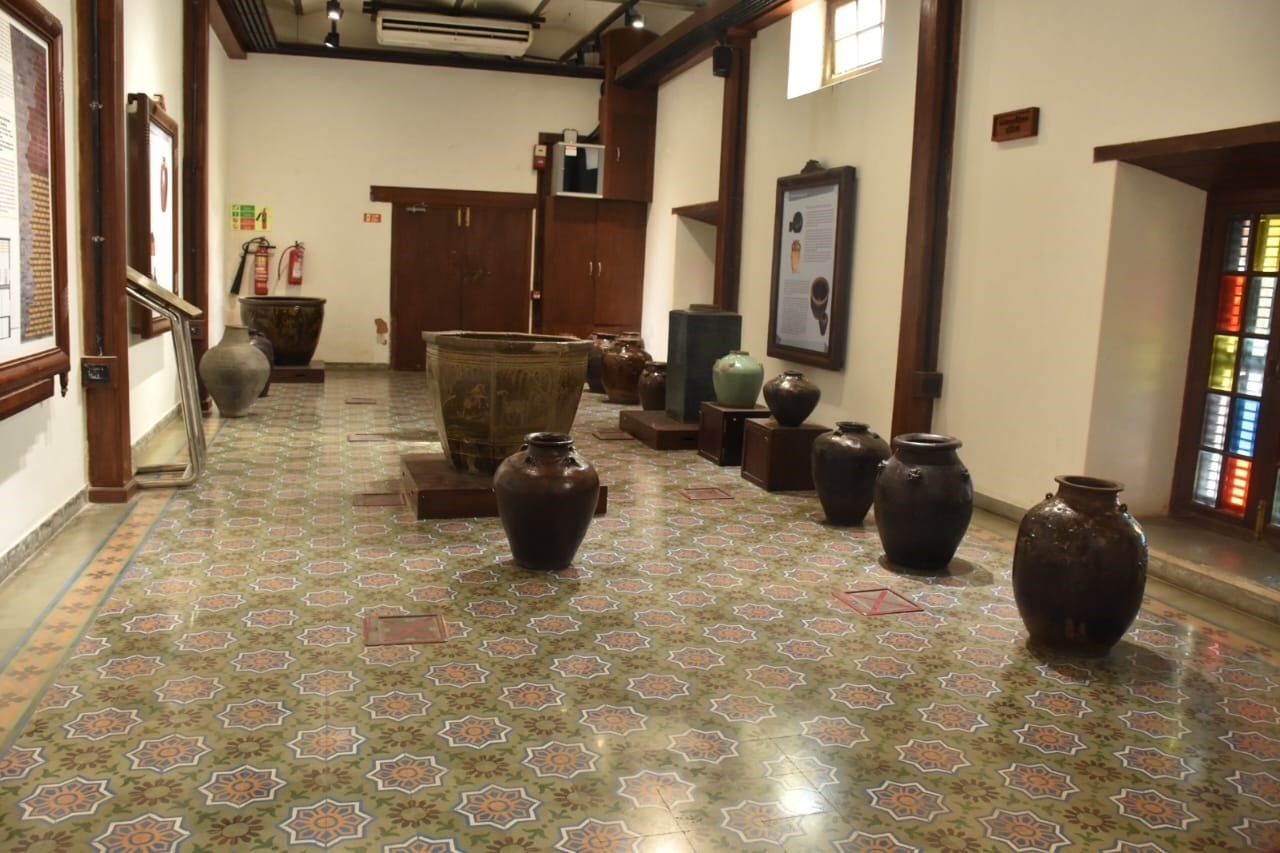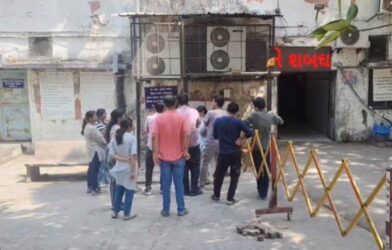Surat, 18th May is observed as International Museum Day. A museum is a place where centuries-old ancient culture is preserved. It offers glimpses into a nation’s cultural heritage, religious diversity, and lifestyle of earlier times. Preserving our invaluable heritage and passing it on to future generations is of utmost importance.
The International Council of Museums (ICOM) initiated this day in 1977 to highlight the significance of museums. India is home to over 14,000 museums, with the oldest one located in Kolkata, while Gujarat’s oldest museum is in Kutch.
The history of the establishment and development of Surat’s Sardar Vallabhbhai Patel Museum is long and fascinating. What began on a small scale has today evolved into a well-structured museum. Its foundation was laid in February 1890. At that time, it was known as the Winchester Museum, named after the then Collector of Surat, Mr. Winchester. Post-independence, it was renamed as Sardar Patel Museum, also popularly known as Sardar Sangrahalaya.
Initially, the museum was set up in a small room near the Makkaipul bridge. Around 1,000 samples from various flourishing crafts of the time—like zari work, wood carving, and metalwork—were displayed. In honor of the public-spirited Collector of that time, it was called the Winchester Museum.
On 6th May 1956, it was officially inaugurated by then Union Railway Minister (later Prime Minister of India) Late Shri Lal Bahadur Shastri. On 24th December 1957, the museum was renamed in memory of the Iron Man of India, Sardar Vallabhbhai Patel.
Currently located within the Science Centre campus and under the administration of Surat Municipal Corporation, the Sardar Vallabhbhai Patel Museum houses around 8,400 historical artifacts. These include exquisite items of wooden art, porcelain, copper and bronze works, textiles, coins, paintings and miniatures, manuscripts, and sculptures.
The museum also showcases a wide range of items such as textiles, porcelain, glass art, metalcraft, paintings, ancient books, wood carvings, stuffed animals and birds, marine specimens like shells, varied conches, coral rocks, and even natural agate stones with depictions of moon phases and eclipses.
Today, this museum serves as a valuable resource for citizens, college students, and educational institutions to explore and understand Surat’s rich heritage. It has become a center for research and learning.
Earlier, museums were commonly referred to as “wonder houses,” but in the modern age, their role and scope have significantly expanded. That is why today, museums are emerging as vibrant cultural hubs that integrate art, heritage, and education in progressive nations.




